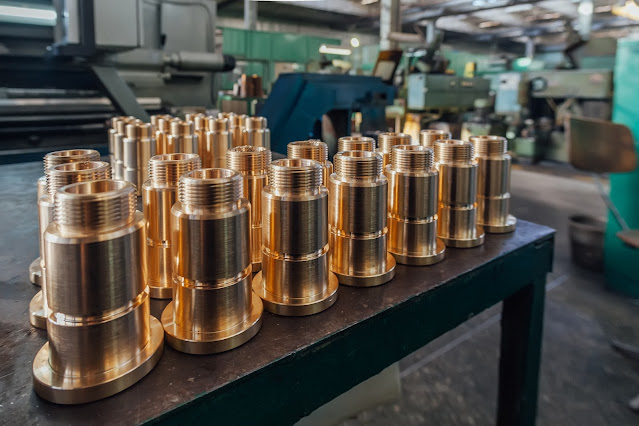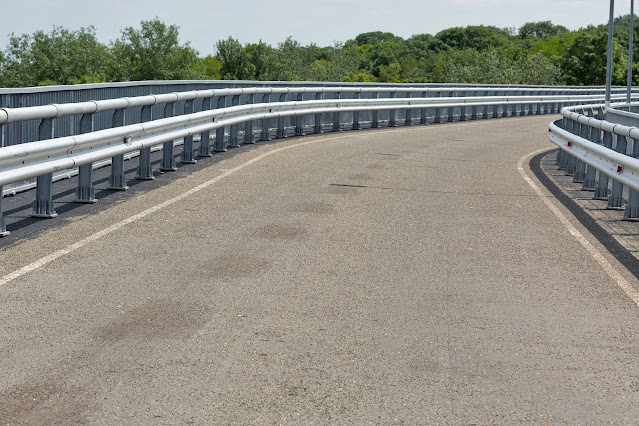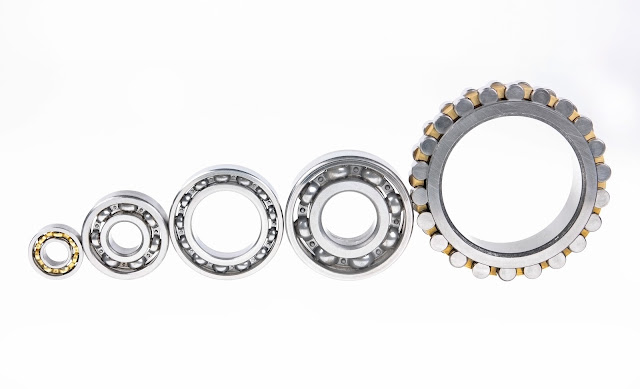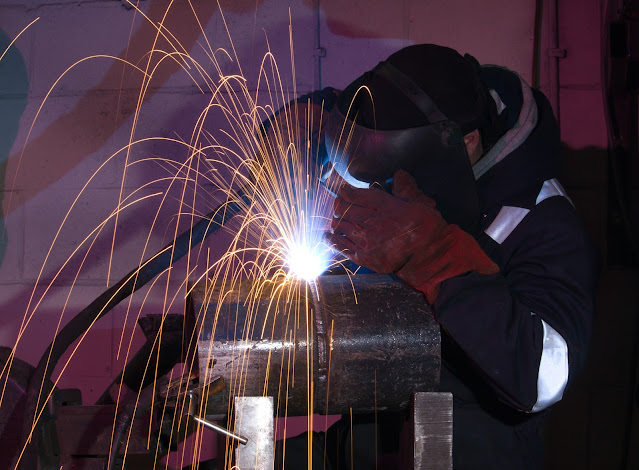A brass bushing performs an important function in machine designs. Brass bushings reduce the friction between surfaces, increasing the functional lifespan of moving parts. Brass bushings also act as a fail-safe when parts start to break down. With a brass bushing, you can identify problems before larger, more expensive parts have to be fixed or replaced.
Because of its purpose, it is vital that brass bushings are regularly inspected and maintained. With that in mind, how can you tell if a brass bushing is worn out? When can you just clean a brass bushing, or when do you have to replace it? What causes brass bushings to get worn out in the first place?
Here are the key things to know when it comes to brass bushings maintenance:
How Do Brass Bushings Get Worn Out?
Brass bushings are designed to reduce friction between powerful moving parts, so they’re built to last. Despite brass being in their name, brass bushings generally have a two-part design. The bushing’s outer shell is often made of steel, while the inner bushing that endures the most friction is made of brass. Brass bushings are long-lasting, corrosion and water resistant.
That said, several different things can cause brass bushings to degrade. General wear and tear is the leading cause of breakage, especially when brass bushings are used in machines that operate around the clock. Brass bushings can get contaminated, with dirt and debris wearing them down. Lastly, brass bushings do have a PSI limit, especially when comparing bushings of different sizes. Consult the recommended limit before incorporating a bushing into your design.
At What Point Should I Replace A Brass Bushing?
Just because a brass bushing is starting to get worn doesn’t mean you have to replace it right away. In fact, some people make the mistake of replacing what they think is a worn out bushing that could be restored with a simple washing. Dirt, mud, water, and other substances that plaster bushings should all be cleared out before determining if a bushing is worn out.
The best way to tell if a bushing needs to be replaced is by examining the equipment your bushing is helping move. As a bushing gets worn out, the pins inside of it will start dragging across the metal, leaving scratches and other visible marks. At first, these marks will be small, but they can grow in size and lead to serious damage overtime.
Replace the brass bushing as soon as it starts to leave marks on the equipment it's supporting. A good time to check if this is happening is when you start hearing sounds out of the ordinary from your bearings while your machine is in use.
How Can I Extend The Life Of My Brass Bushing:
Want to make the most out of your brass bushing? Then be sure to follow these tips when performing maintenance:
Regularly clean out debris from the bearing
Make sure to properly lubricate parts
Clear out excess oil and other liquids before machine use
Make sure your machine or design does not exceed recommended PSI limits
Do not use your bearing in above recommended temperatures
Buy Bearings With Atlas Bronze:
Whether you need a brass, bronze, or different kind of bearing, you can depend on us to help you procure what you need. Atlas Bronze is one of the leading distributors of metal and manufacturing components in the United States, with over 25 years of exception service. We service companies small and large alike, with affordable prices for our products and custom design services. You give us your requirements, and we’ll get you what you need.
So if you’re ready to fill an order or want to learn more about how we can help your business, be sure to contact us today. We look forward to helping you with your metal needs here at Atlas Bronze!










